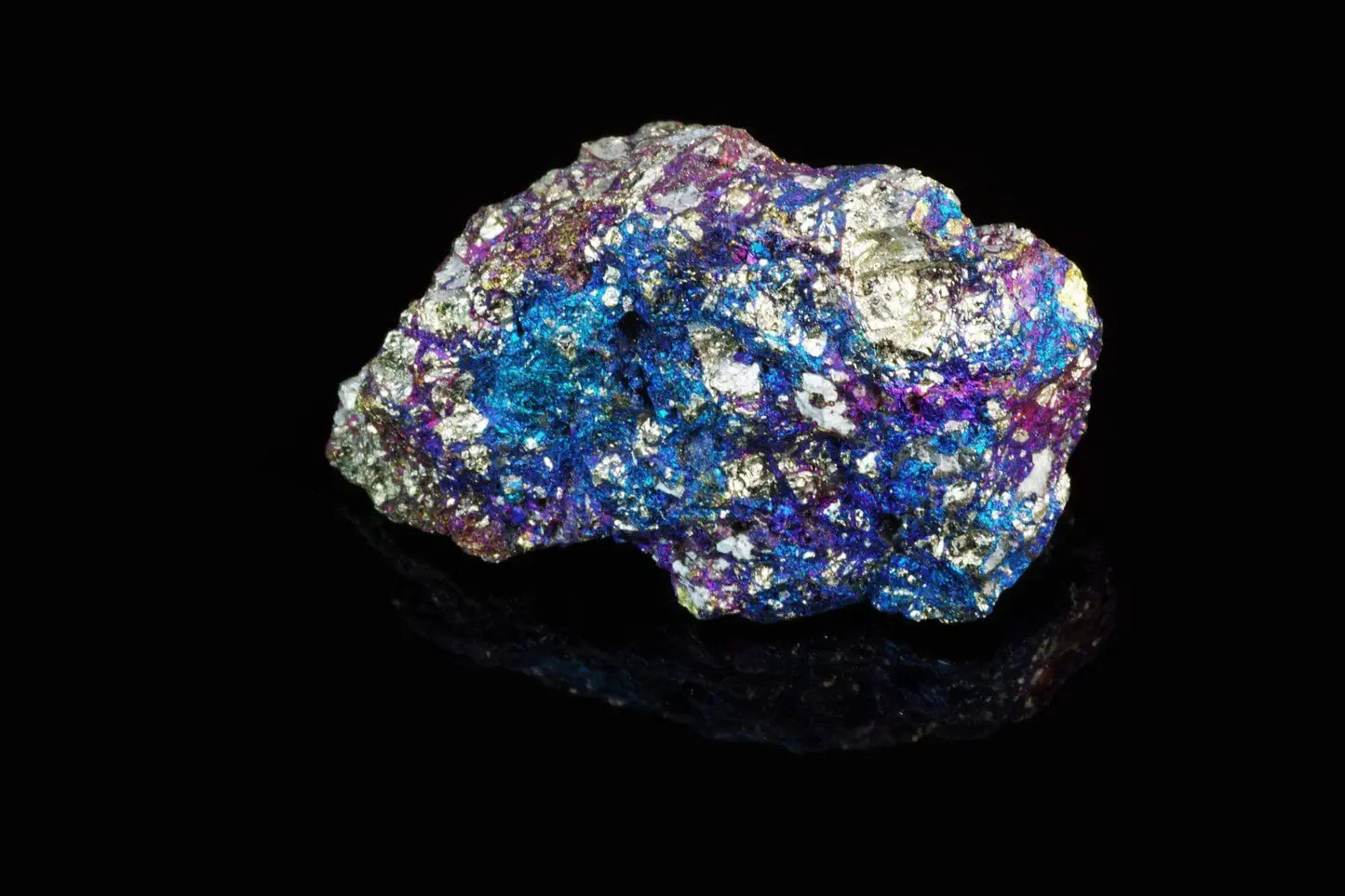
Botallackite is a rare copper chloride mineral that captures the imagination of geologists and mineral enthusiasts alike. Found primarily in Cornwall, England, this mineral boasts a striking green color and unique crystal structure. Botallackite forms in the oxidation zones of copper deposits, making it a fascinating subject for study. Its name comes from the Botallack Mine, where it was first discovered. This mineral is not just a pretty face; it offers valuable insights into geological processes and mineral formation. Whether you're a seasoned collector or a curious newcomer, learning about Botallackite can be both educational and exciting. Ready to dive into 40 intriguing facts about this captivating mineral? Let's get started!
Key Takeaways:
- Botallackite is a rare green mineral found in copper deposits. It's soft, sensitive to humidity, and forms in arid, oxidizing environments. Collectors love its unique appearance and it can indicate the presence of copper deposits.
- Botallackite, named after the mine in Cornwall, England, where it was first discovered, is a delicate mineral that requires special care for preservation. Its rarity and beauty make it a prized possession for mineral enthusiasts and collectors.
What is Botallackite?
Botallackite is a rare copper chloride mineral. It was first discovered in the Botallack mine in Cornwall, England. This mineral is known for its unique green color and crystal structure.
- Botallackite was named after the Botallack mine where it was first found.
- It has a chemical formula of Cu2(OH)3Cl.
- The mineral is part of the orthorhombic crystal system.
- It typically forms as a secondary mineral in the oxidation zones of copper deposits.
- Botallackite is often found in association with other copper minerals like atacamite and paratacamite.
Physical Properties of Botallackite
Understanding the physical properties of Botallackite can help identify it in the field. These properties include color, hardness, and crystal habit.
- Botallackite has a distinctive green color, ranging from bright to dark green.
- Its crystals are usually thin, platy, and can form rosette-like aggregates.
- The mineral has a Mohs hardness of 2.5 to 3, making it relatively soft.
- It has a vitreous to pearly luster, giving it a shiny appearance.
- Botallackite has a specific gravity of about 3.6, which is considered average for minerals.
Chemical Composition and Structure
The chemical composition and structure of Botallackite are crucial for understanding its formation and stability.
- Botallackite consists of copper, chlorine, oxygen, and hydrogen.
- The copper ions in Botallackite are in a +2 oxidation state.
- Its crystal structure is orthorhombic, meaning it has three axes of different lengths that intersect at right angles.
- The mineral's structure is layered, with copper and chlorine atoms forming sheets.
- These sheets are held together by hydrogen bonds, contributing to the mineral's softness.
Formation and Occurrence
Botallackite forms under specific conditions, usually in the oxidation zones of copper deposits. Knowing where and how it forms can aid in its identification.
- Botallackite typically forms in arid, oxidizing environments.
- It is often found in the upper levels of copper mines where oxidation occurs.
- The mineral can form as a result of the alteration of primary copper minerals like chalcopyrite.
- Botallackite has been found in several locations worldwide, including Chile, Australia, and the United States.
- It is often associated with other secondary copper minerals like brochantite and malachite.
Uses and Significance
While Botallackite is not a major ore of copper, it has some significance in mineralogy and geology.
- Botallackite is primarily of interest to mineral collectors due to its rarity and unique appearance.
- It can be used as an indicator mineral for the presence of copper deposits.
- The study of Botallackite can provide insights into the geochemical processes that occur in oxidizing environments.
- It has no significant industrial uses due to its rarity and softness.
- Botallackite specimens are often displayed in museums and private collections.
Interesting Facts About Botallackite
Here are some lesser-known facts about Botallackite that highlight its uniqueness and rarity.
- Botallackite was first described in 1865 by the mineralogist Arthur Herbert Church.
- The Botallack mine, where it was first discovered, is also famous for its picturesque coastal scenery.
- Botallackite can alter to other copper minerals like atacamite and paratacamite over time.
- The mineral is sensitive to changes in humidity and can degrade if not stored properly.
- Botallackite has been found in ancient slag heaps, indicating its formation from the weathering of copper smelting residues.
Collecting and Preserving Botallackite
Collecting and preserving Botallackite requires special care due to its sensitivity and rarity.
- Botallackite specimens should be stored in a dry environment to prevent degradation.
- Handling the mineral with care is essential due to its softness and fragility.
- Collectors often use silica gel packets to control humidity in storage containers.
- Botallackite can be cleaned with a soft brush and distilled water, but harsh chemicals should be avoided.
- Labeling specimens with detailed information about their origin can add value to a collection.
Botallackite in Popular Culture
While not as famous as some other minerals, Botallackite has made appearances in various forms of media and culture.
- Botallackite has been featured in several mineralogical journals and books.
- The mineral's unique green color has inspired artists and jewelers, although it is too soft for practical use in jewelry.
- Botallackite has appeared in educational documentaries about minerals and mining.
- The Botallack mine, where the mineral was discovered, has been a filming location for TV shows and movies.
- Botallackite's rarity and beauty make it a sought-after specimen for mineral enthusiasts and collectors.
Final Glimpse at Botallackite
Botallackite, a rare copper chloride mineral, captivates with its vibrant green hue and unique crystal structure. Found primarily in Cornwall, England, this mineral forms in copper deposits exposed to seawater. Its striking appearance and rarity make it a prized specimen for collectors and geologists alike.
Understanding botallackite's formation helps scientists study mineralogical processes and environmental conditions. This mineral's discovery in various global locations highlights the interconnectedness of Earth's geological history.
Botallackite's beauty and scientific significance offer a glimpse into the fascinating world of minerals. Whether you're a seasoned collector or a curious learner, botallackite's story enriches our appreciation of nature's wonders. So next time you come across this green gem, remember the intricate processes that brought it to life and the knowledge it imparts about our planet's past.
Frequently Asked Questions
Was this page helpful?
Our commitment to delivering trustworthy and engaging content is at the heart of what we do. Each fact on our site is contributed by real users like you, bringing a wealth of diverse insights and information. To ensure the highest standards of accuracy and reliability, our dedicated editors meticulously review each submission. This process guarantees that the facts we share are not only fascinating but also credible. Trust in our commitment to quality and authenticity as you explore and learn with us.


